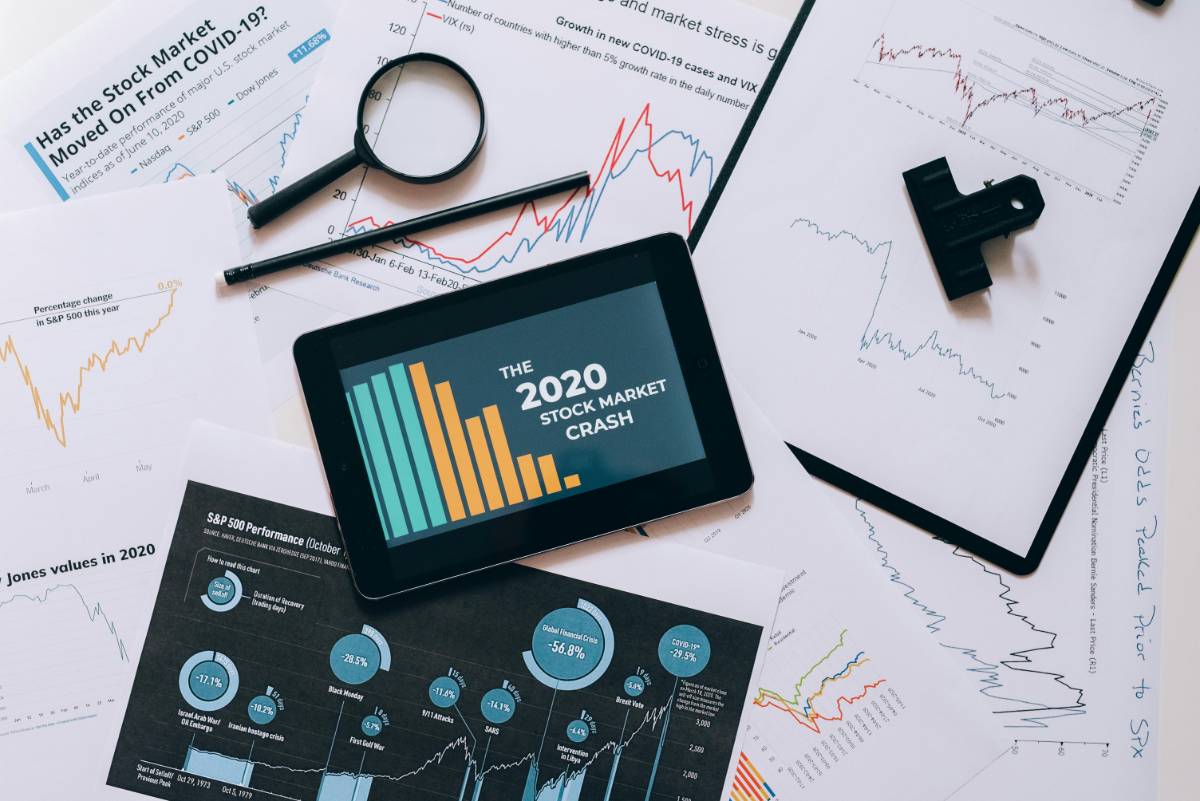
How Interest Rates Impact ETF and Mutual Fund Performance
 By James Carter
By James CarterInterest rates play a crucial role in the performance of ETFs and mutual funds. Understanding how rising or falling rates impact these investments can help investors make informed decisions in varying market conditions.
The Relationship Between Interest Rates and Investments
When interest rates rise, borrowing costs increase, which can slow down economic growth and impact corporate earnings. Conversely, lower interest rates encourage spending and investment, boosting market performance.
ETFs and mutual funds react differently to interest rate changes based on their asset allocations and investment strategies.
Impact on Bond ETFs and Mutual Funds
Bond funds are highly sensitive to interest rate changes. When rates rise, bond prices typically fall, reducing the value of bond ETFs and mutual funds. Longer-duration bonds experience greater price fluctuations.
Investors seeking stability may consider short-term bond funds to reduce interest rate risk.
Effect on Stock-Based ETFs and Mutual Funds
Stock-focused ETFs and mutual funds often benefit from low-interest environments as companies can borrow cheaply to fund growth. However, sectors like technology and growth stocks may be more sensitive to rate hikes.

Value stocks and dividend-paying funds may perform better in rising rate environments due to stronger balance sheets and stable cash flows.
Strategies to Navigate Interest Rate Changes
Diversification across different asset classes can help mitigate risks associated with interest rate fluctuations. Investors should consider balancing their portfolios with a mix of equities, bonds, and alternative investments.
Actively managed funds may have an advantage in adjusting portfolios based on economic conditions and interest rate outlooks.
You might also like
1. How Interest Rates Impact ETF and Mutual Fund Performance2. Understanding and Managing Risk in Your Investment Portfolio3. The Basics of Passive Income: How to Make Money Work for You4. Understanding the U.S. Financial System: A Complete GuideConclusion
Interest rates significantly impact ETF and mutual fund performance. By understanding these effects and adjusting investment strategies accordingly, investors can position their portfolios for success in any interest rate environment.

About the author
 By James Carter
By James CarterJames Carter is a seasoned finance writer with over 8 years of experience helping millennials and Gen Z take control of their money. With a background in economics and a passion for demystifying complex financial concepts, Ananya shares actionable tips on budgeting, investing, and building long-term wealth. Her mission is to make financial literacy accessible, relatable, and empowering — no jargon, just smart money moves.
More like this

Stock Buybacks: How They Influence Share Prices
Stock buybacks have become a common strategy for companies looking to boost share prices and reward investors. Understanding their impact can help investors make informed decisions.

Meme Stocks: Are They Making a Comeback?
Meme stocks took the financial world by storm in recent years, driven by online communities and retail investors. As market conditions shift, many wonder if these stocks are making a comeback.

Dividend Stocks vs. Growth Stocks: Where’s the Best Opportunity?
Investors often face a crucial decision when building their portfolios: Should they invest in dividend stocks for stability or growth stocks for higher returns? Understanding the differences can help in making the right choice based on financial goals and risk tolerance.

How Geopolitical Events Affect U.S. Stock Performance
Geopolitical events have a significant impact on the U.S. stock market, influencing investor sentiment, market volatility, and sector performance. Understanding these effects can help investors navigate uncertainty and make informed decisions.

AI and Automation: The Next Big Disruptors in the Stock Market
Artificial intelligence and automation are transforming industries, and the stock market is no exception. These technologies are reshaping investment strategies, trading mechanisms, and market dynamics at an unprecedented pace.

S&P 500 vs. Nasdaq: Where Should You Invest?
Investors often compare the S&P 500 and the Nasdaq when deciding where to allocate their funds. Understanding the differences between these indices can help you make a strategic investment choice based on your risk tolerance and financial goals.

Why Tech Stocks Are Leading the Market Again
Tech stocks are once again at the forefront of the market, driven by innovation, strong earnings, and investor optimism. As companies in the sector continue to expand their influence, understanding the reasons behind this surge can help investors make informed decisions.

The Impact of Federal Reserve Policies on the Stock Market
Federal Reserve policies play a crucial role in shaping the stock market. Interest rate decisions, quantitative easing, and regulatory measures directly impact investor sentiment and market performance. Understanding these effects can help traders and long-term investors navigate the evolving financial landscape.

Top Performing Stocks on Wall Street This Quarter
The latest quarter on Wall Street has seen significant movements, with some stocks outperforming expectations while others struggled to keep up. Understanding these trends can help investors make informed decisions moving forward.

U.S. Stock Market Outlook: What to Expect in 2025
As we move into 2025, investors are looking for insights into the U.S. stock market's potential trajectory. Market trends, economic policies, and global events will all play crucial roles in shaping investment opportunities.




